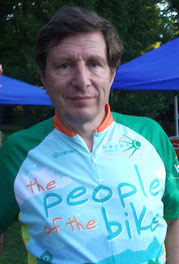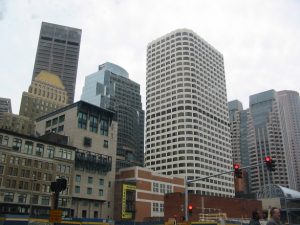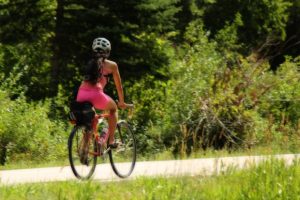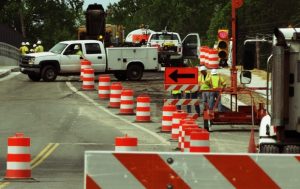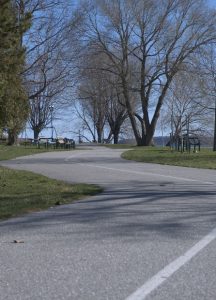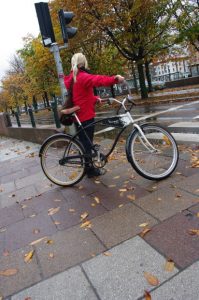With so many more people riding bikes and bike advocacy groups doing better than ever, one might expect the per-capita share of bike accidents to bike riders to be on the downswing. This would be true ideally even if the overall number of bike crashes was on the rise. This would make sense with there being so many new bike riders on the streets of Boston, Cambridge, and the surrounding areas.
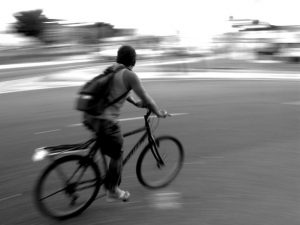 According to a recent news article from the Boston Globe, Boston is still very much a dangerous place for bike riders in terms of the frequency of bike crashes and a lot of the danger has to do with road conditions. As the author who is an avid Boston bike rider and has been for more than 20 years noted, Boston has some of the most dangerous roads in the world and he is comparing to other countries that are from being called developed nations. Continue reading
According to a recent news article from the Boston Globe, Boston is still very much a dangerous place for bike riders in terms of the frequency of bike crashes and a lot of the danger has to do with road conditions. As the author who is an avid Boston bike rider and has been for more than 20 years noted, Boston has some of the most dangerous roads in the world and he is comparing to other countries that are from being called developed nations. Continue reading
 Bike Accident Lawyers Blog
Bike Accident Lawyers Blog


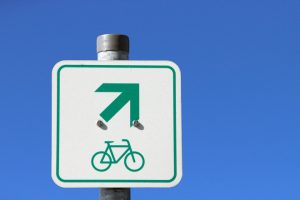 This design is very different from existing bike lanes in other areas. The first thing that distinguishes it is that it is a protected bike lane. This means that there is a painted divider between the lane intended for vehicle traffic and the bike lanes with plastic poles installed on the painted divider to serve as a physical barrier. This is not an impenetrable barrier like a Jersey barrier as they are designed to brake away, but it would make cars much more likely to keep their distance than if the divider was not present.
This design is very different from existing bike lanes in other areas. The first thing that distinguishes it is that it is a protected bike lane. This means that there is a painted divider between the lane intended for vehicle traffic and the bike lanes with plastic poles installed on the painted divider to serve as a physical barrier. This is not an impenetrable barrier like a Jersey barrier as they are designed to brake away, but it would make cars much more likely to keep their distance than if the divider was not present.  However, as we have more people on bikes, we are seeing more serious, and sometimes fatal, bike crashes involving a collision between a bike and motor vehicle. While we are going to talk about a ways biking can be made safer, as well as things bike riders can do to avoid a collision, it is important to understand that, despite the fact that many motorists, and even police, like to assume the bike rider is at fault, the reality of most of these situations is quite different.
However, as we have more people on bikes, we are seeing more serious, and sometimes fatal, bike crashes involving a collision between a bike and motor vehicle. While we are going to talk about a ways biking can be made safer, as well as things bike riders can do to avoid a collision, it is important to understand that, despite the fact that many motorists, and even police, like to assume the bike rider is at fault, the reality of most of these situations is quite different. 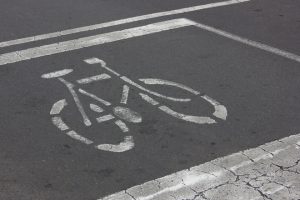 This is important, as there has been a growing trend in people in urban areas such as Boston riding bikes. We have more people than ever riding bikes, and now we have bike share programs where anyone who registers for the service can grab a bike and ride it to their destination. In Boston, we have Hub, which allows people to purchase an annual membership and then use the bikes whenever they choose.
This is important, as there has been a growing trend in people in urban areas such as Boston riding bikes. We have more people than ever riding bikes, and now we have bike share programs where anyone who registers for the service can grab a bike and ride it to their destination. In Boston, we have Hub, which allows people to purchase an annual membership and then use the bikes whenever they choose. 